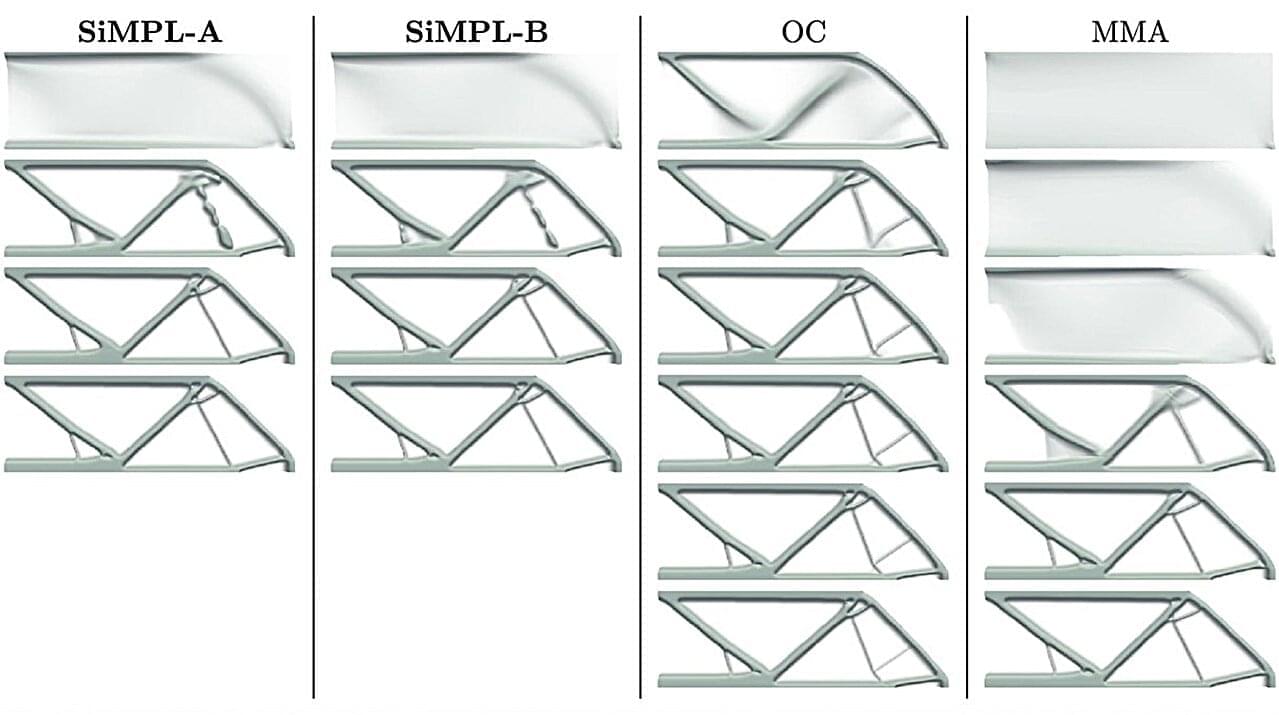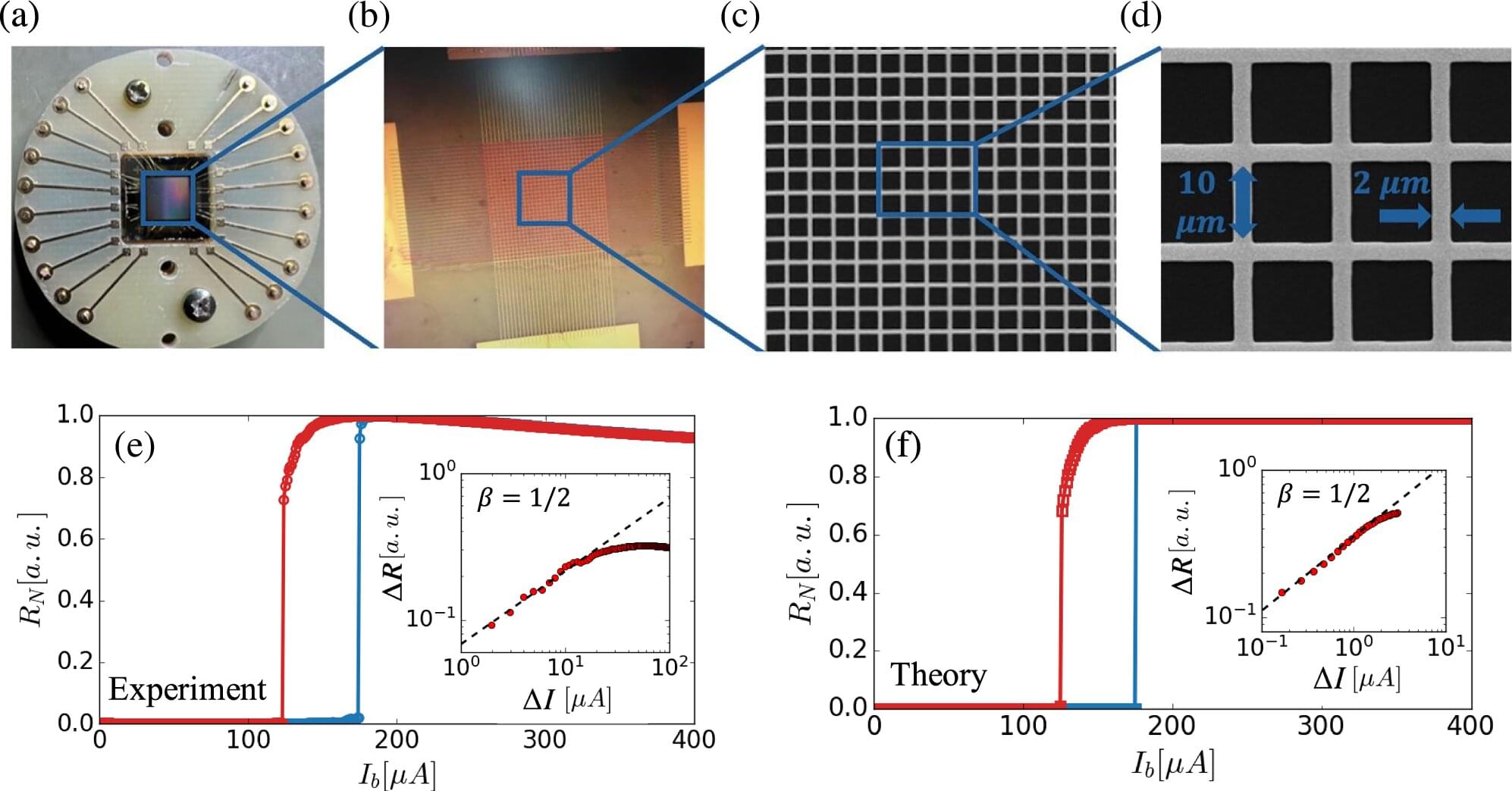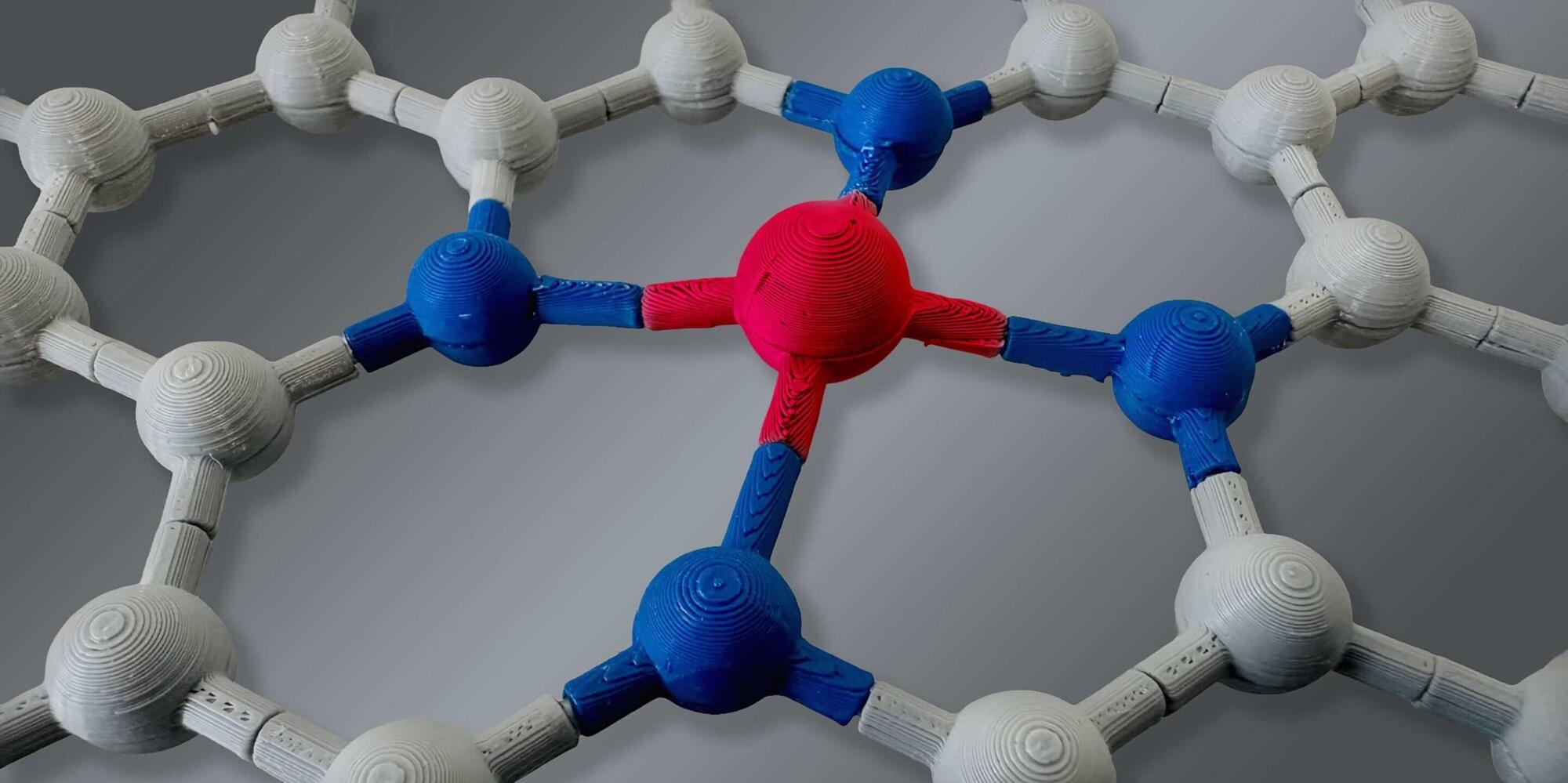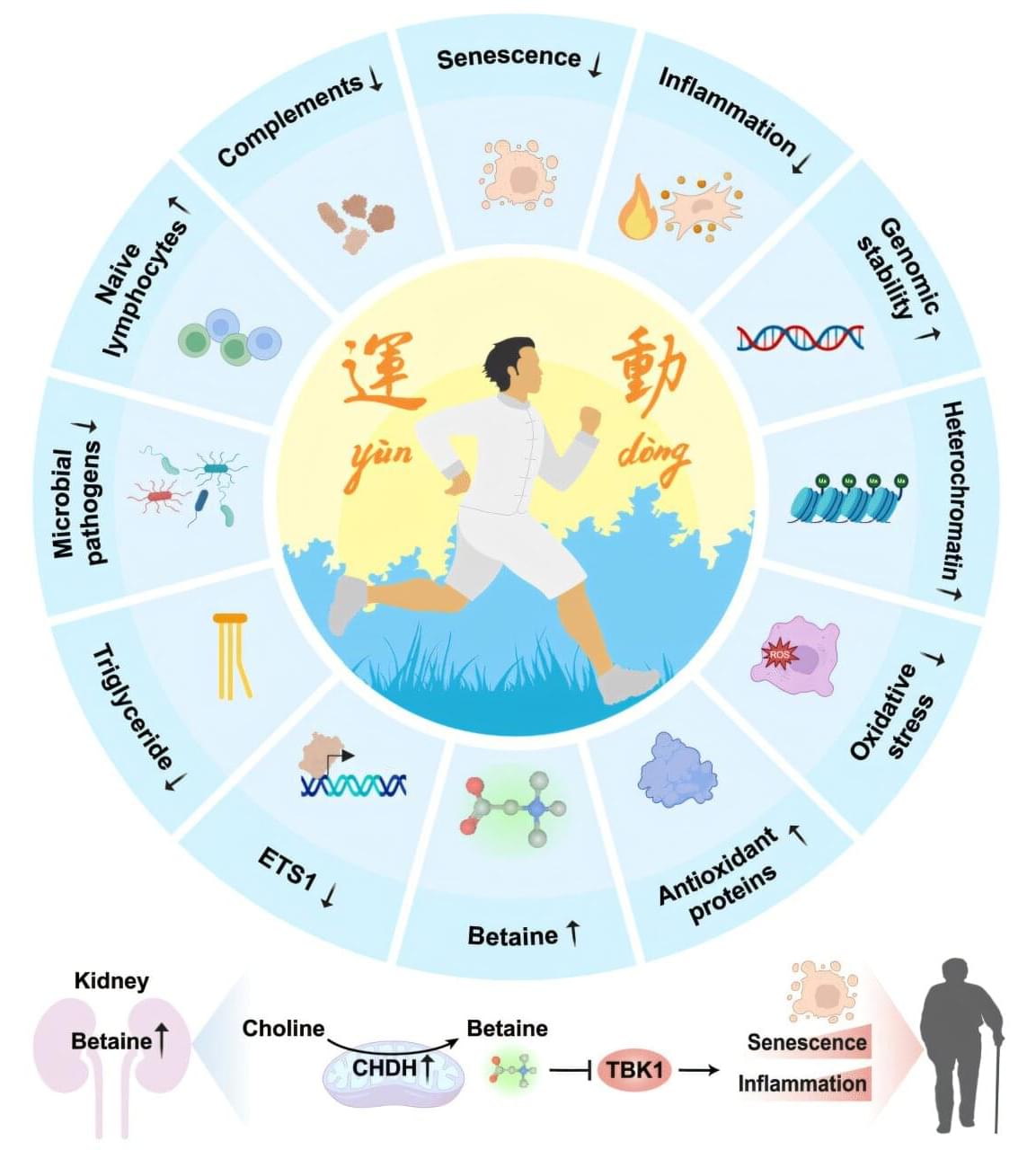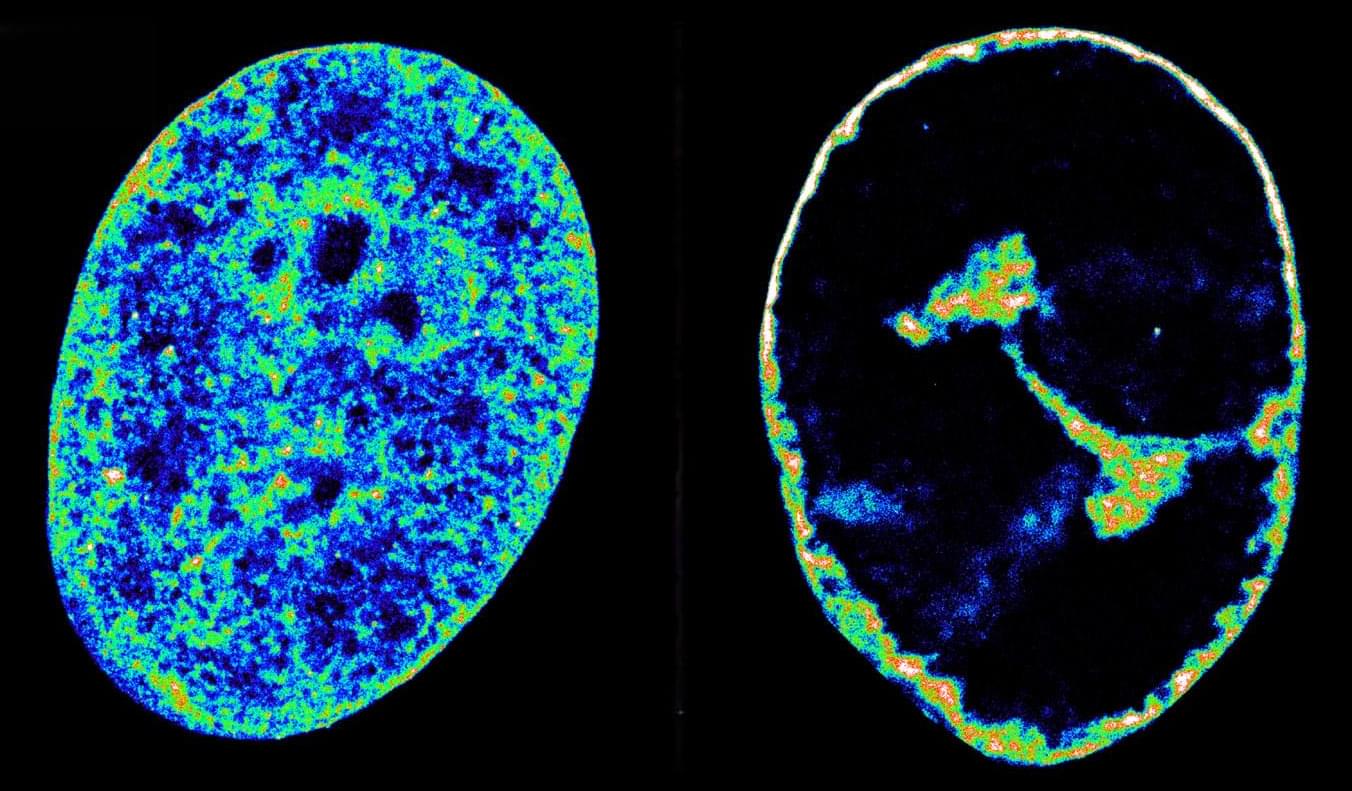For the first time, an international team of scientists has experimentally simulated spontaneous symmetry breaking (SSB) at zero temperature using a superconducting quantum processor. This achievement, which was accomplished with over 80% fidelity, represents a milestone for quantum computing and condensed matter physics.
The results are published in the journal Nature Communications.
The system began in a classical antiferromagnetic state, in which particles have spins that alternate between one direction and the opposite direction. It then evolved into a ferromagnetic quantum state, in which all particles have spins that point in the same direction and establish quantum correlations.

